Tashkent city


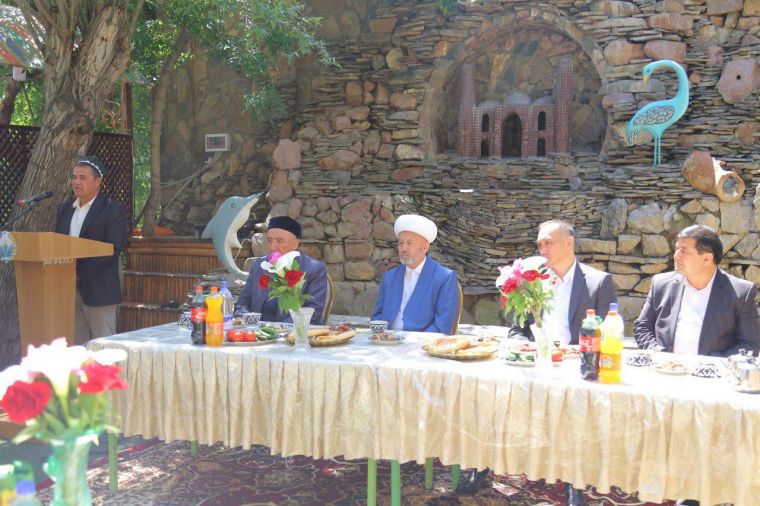
Delegation headed by Usmankhan Alimov, Chairman of Muslim Board of Uzbekistan, Muftiy and Jasurbek Akramov, Chairman of the Committee for Religious Affairs under the Cabinet Ministers of Uzbekistan is visiting Namangan region in order to have genuine talks with the ordinary Muslims.
During the meeting which was held in Uchkurgan district all speakers, first of all, praised Allah Almighty for the current blessing days and thanked sincerely the government efforts directed to develop and improve religious-enlightenment sphere initiated by the Honorable President Shavkat Mirziyoyev.
In his speech Jasurbek Akramov, Chairman of the Committee for the Religious Affairs underlined the importance of the President Decree “On rational improvement of religious-enlightenment sphere” dated April 16, 2018 which foresees a number practical improvements in the daily life of common muslims. Mr. Akramov also mentioned President’s recent visit to Namangan region where the Head of the State, Shavkat Mirziyoyev gave several instruction including scope and capacity of “Hidoya” Madrasah - specialized secondary Islamic school.
In its turn, Usmankhan Alimov strengthened the aforementioned ideas with Qur’an ayats and hadiths. He noted that every true worshipper should be thankful countless times to The Merciful Allah and support all the positive developments happening in our country with at least sincere prayers.
The delegation’s open talks with ordinary worshippers are continuing.
Press Service,
Muslim Board of Uzbekistan

The development of road infrastructure and the creation of convenient traffic conditions remain among the key priorities for the capital, whose population and urban area continue to grow rapidly. Consequently, modern roads and bridges are being built across Tashkent, while existing ones are being upgraded to meet contemporary standards.
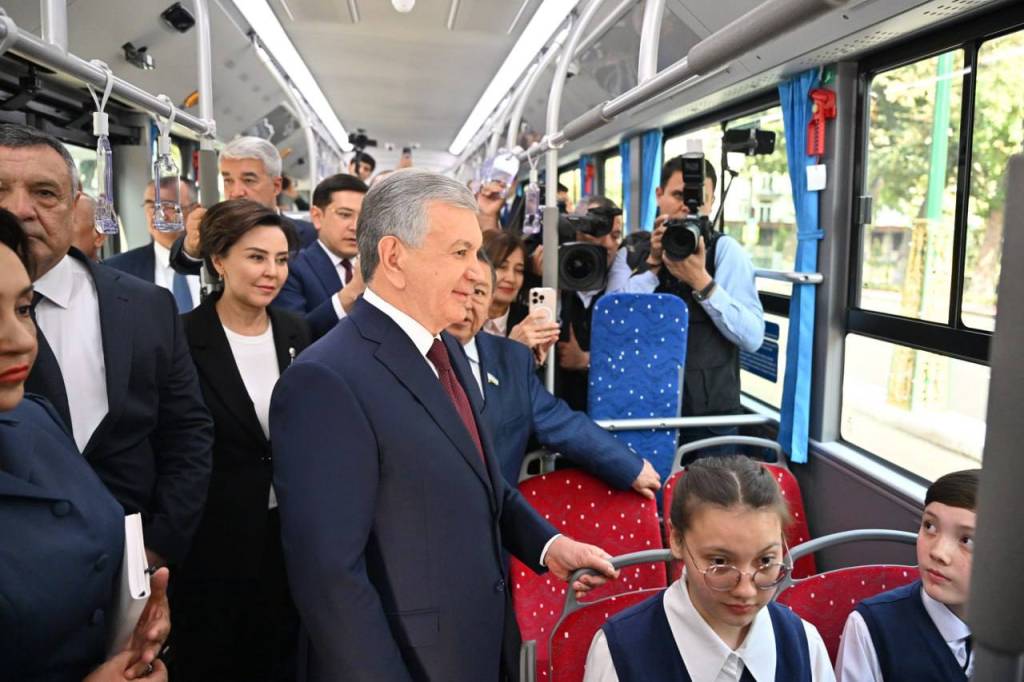
Shota Rustaveli Street, one of the city’s main arteries, connects several districts of Tashkent. To improve traffic flow, the section from Mirabad Street to Choshtepa Street, nearly 7 kilometers long, has been completely reconstructed.
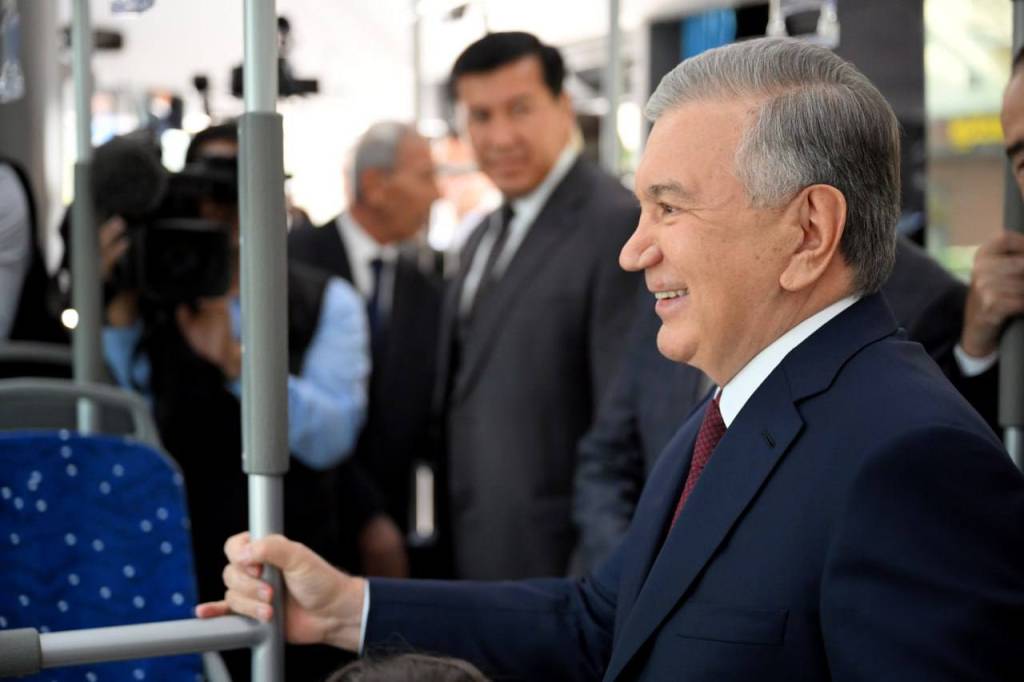
The new layout includes 10 lanes: six for cars, two for public transport, and two designated for parking.
The President, accompanied by representatives of state agencies and public organizations, traveled by bus along the street, inspected the new features, and spoke with passengers about the improvements.
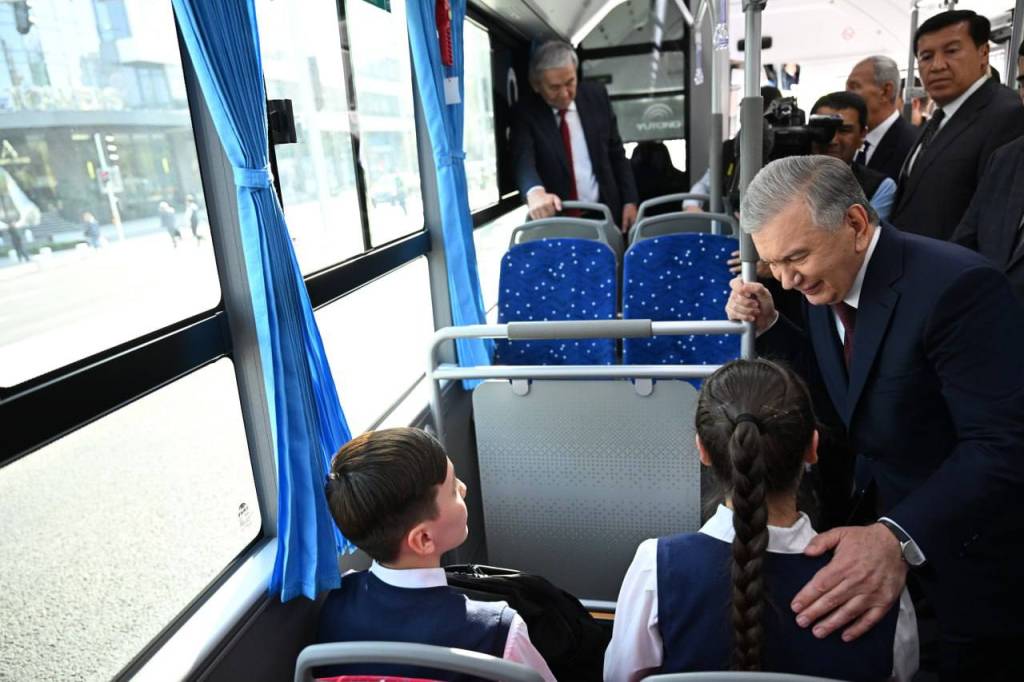
For the first time in Tashkent, a Bus Rapid Transit (BRT) system – dedicated lanes for public transport – has been introduced, drawing on the experience of developed countries. This innovation has significantly increased bus speed and passenger comfort.
As a result of the $19.2 million project, passenger flow rose from 2,500 to 6,000 people per hour. The road’s capacity reached 40,000 vehicles per day, while the average traffic speed increased from 23 to 30 kilometers per hour.
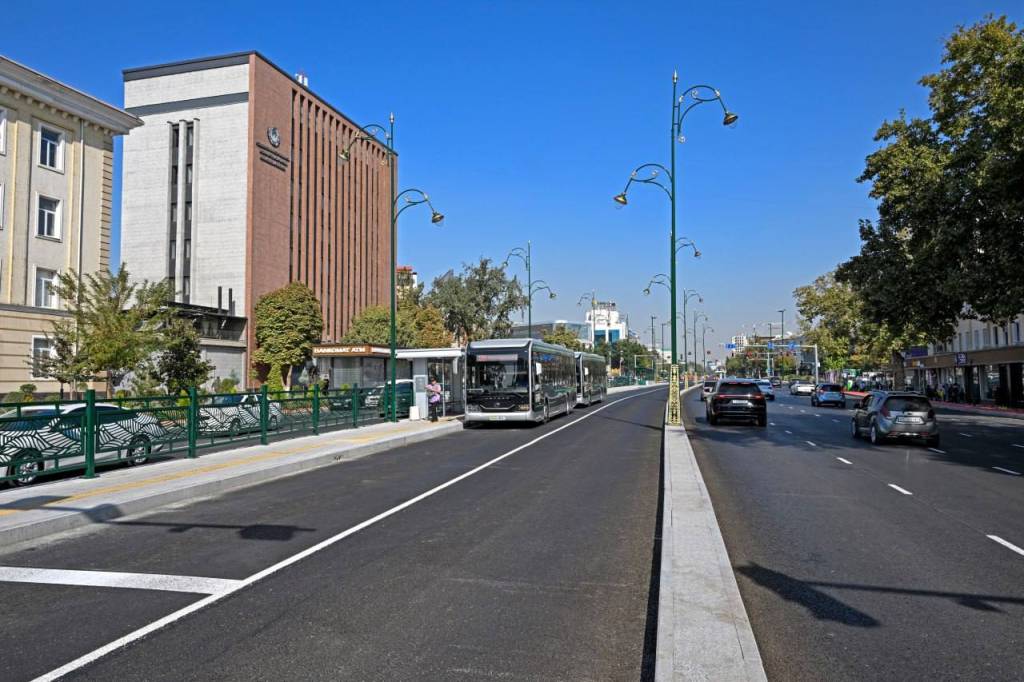
Most importantly, road safety improved markedly, with a significant reduction in traffic accidents.
Under the project, 21 new bus stops and 463 smart traffic lights were installed, and an intelligent transport management system was implemented. In addition, the street now features parking areas, bicycle lanes, green zones, and modern irrigation and drainage systems.
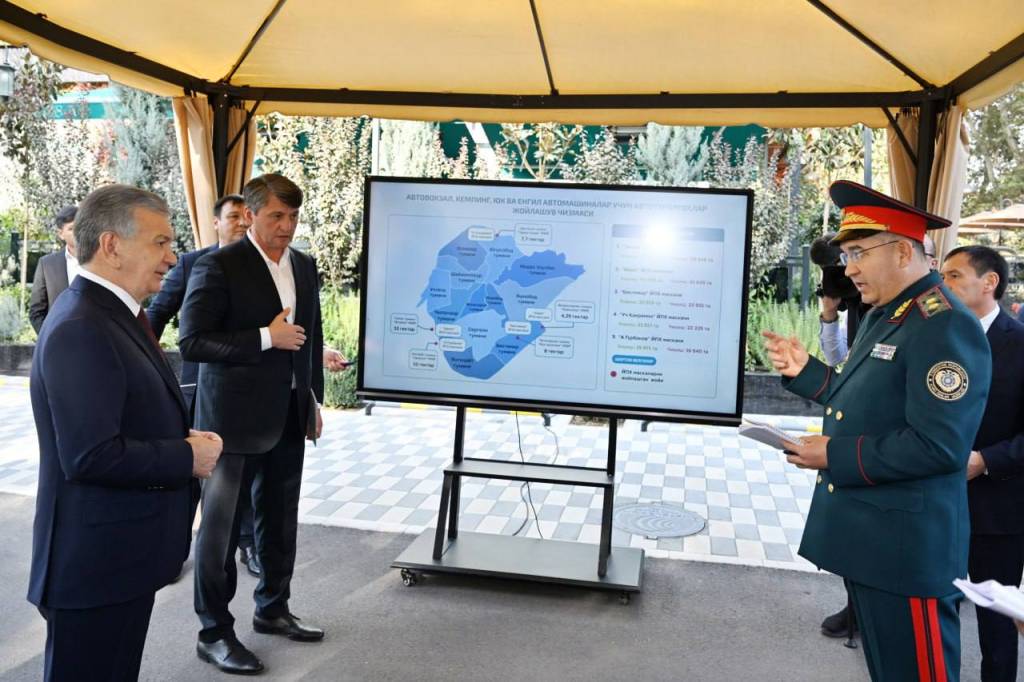
At the site, the President was also presented with projects to expand the network of dedicated bus lanes and to create new transport hubs around the capital.
“If we had not built new metro lines and purchased modern buses, traffic in Tashkent today would have become extremely difficult. That is why we are improving the roads and developing public transport to make life more convenient for people. We will continue this work in all our cities”, President Shavkat Mirziyoyev emphasized.
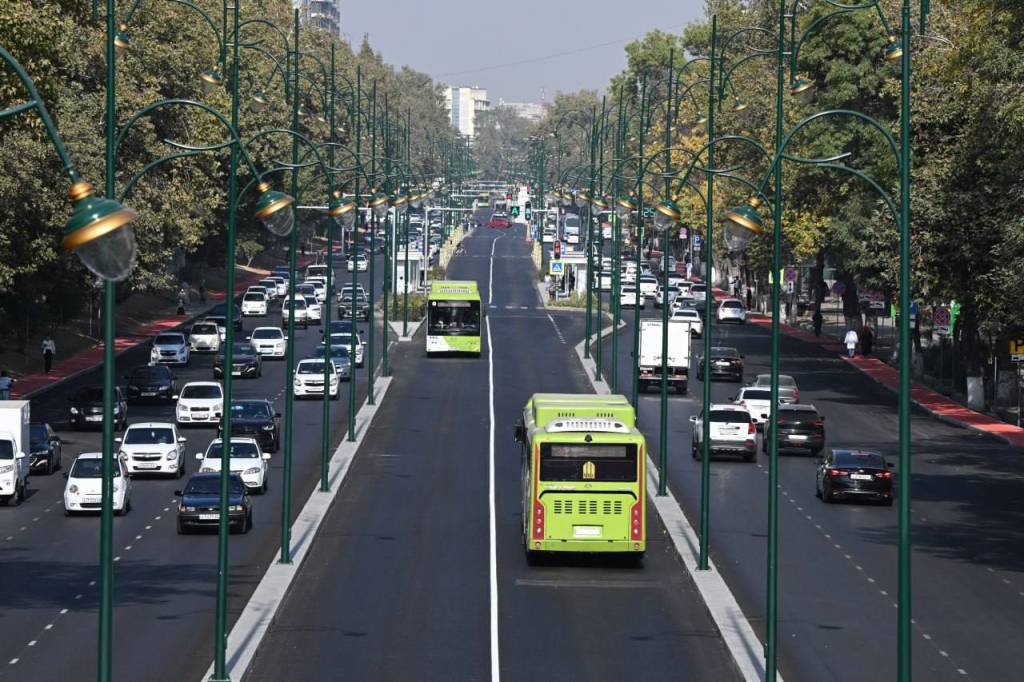
The President instructed responsible officials to improve public transport convenience, reduce traffic congestion, and ensure effective transport connectivity between Tashkent and New Tashkent.
The renovated Shota Rustaveli Street has not only beautified the capital but has also become a symbol of Tashkent’s transition toward a modern and intelligent transport system.